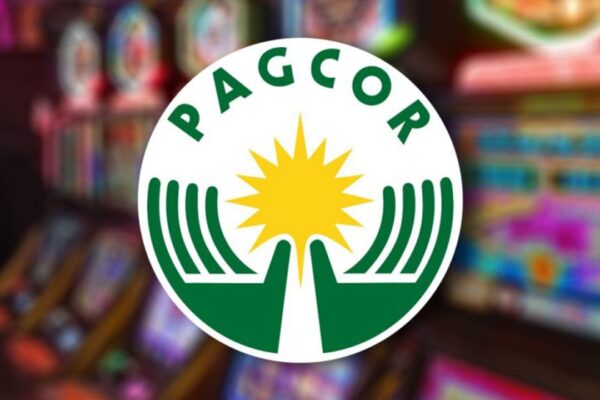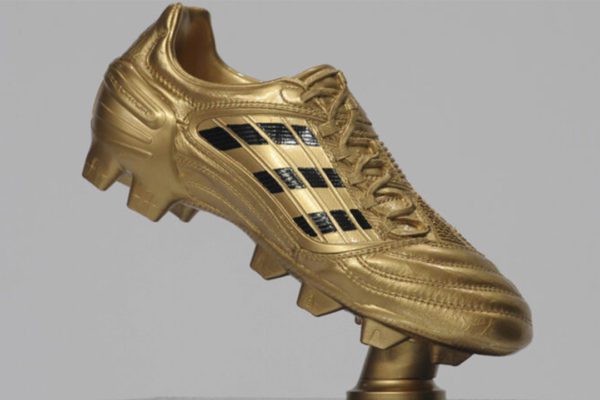Three Tips for Continuous Betting
Learning to bet barreling and bluff efficiently is essential for playing No Limit Texas Hold'em. Except for the lowest level of easy games, many of the mistakes your opponents make are fold errors. In order to take advantage of these mistakes you must have a comprehensive continuous betting strategy, otherwise you will not be able to play at the blinds 2/5 and higher. The cards have a firm foothold.
Many people have a wrong understanding of bluffing, and they think it is a competition of will. You "pretend" a hand, and your opponent decides whether he believes you. But more often, continuous betting and bluffing are just to force them to give up weak hands when the community cards disappoint their opponents.

Here are three tips when considering continuous betting
1. Most of the time, betting continuously on the turn
In fact, this technique has nothing to do with the board of public cards, but has to do with how to exploit small stakes players. The turn fold rate at this level of hand is usually very high. If you think it is worth making a continuation bet or a bluff bet on the flop, then it is probably worth it to continue betting on the turn.
The opponent's flop calling cards are diverse, including middle pairs, bottom pairs, unimproved small pocket pairs, straight draws, flush draws, unimproved high cards, A high cards, and so on. A bet on the turn will cause most of the regular 2/5 blind players to give up many such cards.
2. The public board with good connectivity is the most attractive board for your third bluff bet.
You are on the flop, and your opponent calls with various junk cards. You bet on the turn, and your opponent calls with a hand that really has a certain hand. If you plan to make a bluff bet on the river, you usually consider bluffing a player who already has a value hand. So when should you pull the trigger? When should you give up bluffing?
Generally speaking, you consider bluffing on the river on the board with a draw on the turn. If a draw is completed on the river, bluffing is usually feasible. You should bet on a well-connected community board because the draw weakens the opponent's call range on the turn. Therefore, it is very likely that your opponent does not have a strong-looking hand on the river and has to fold to the ultimate bluff.
For example, suppose you raise to 20 preflop and then get two calls. The flop is T♦7♣5♣. You bet 50 into the $60 pot and get a call. The turn is J♥. You bet $130 into a $160 pot and still get called. The river card is K♠. This is a good occasion to do a third bluff.
The turn encourages opponents to call with many hole cards with a J, T, or 7, including T9, T8, J9, J8, 97, 87 and so on. The river card is a blank card for all these cards, and the player holding this card now only has a second, third, or fourth big pair on the river. A strong river bet will force most 2/5 players to give up these hands. Since the grass draw is not completed, and an opponent holding AT or AJ may not want to call a bet of several hundred dollars without a top pair, bluffing has a high success rate.
K♠ on the river is an ideal bluffing bet, but it doesn’t need to be perfect when considering bluffing. The 2♠ on the river might also be worth making a bluff bet. A hand like AJ may call, but you will still get a lot of folds, even J9 will fold.
You don't have to make a pot-sized bluff bet. In this example, there is $420 in the pot on the river. Against a typical opponent you can bet $250 or $300, get a lot of folds and give yourself good odds.
If you bet on a turn like Q♦5♣5♥2♦ and get called, your opponent is likely to have a hand they like. This does not mean that they will not bet and fold on the river, but if you bet on the river like 3♣, you are intimidating your opponent. "Hey, you have a Q, I have a 5, and you should fold." The outcome of this bluff is uncertain, depending on the opponent.
Finding the main bluffing opportunity is more important, and it depends on the board structure.
3. When you may get the nut card but your opponent cannot get it, consider making an over bet
Suppose you raise to 20 preflop and get a call from two blind players. The flop is 7♦6♦2♣. Both opponents check, you bet 40, and one opponent checks-raises to 80. You call.
The turn is J♦. Your opponent bets 80 and you call. The pot now has 380, assuming you have 1,000 left.
The river card is T♦, so there are four squares on the community card. The opponent checks.
You should consider over-betting on this occasion. Given the actions in the game, it is extremely unlikely that the opponent will get an A♦. Most players will not check-raise many cards including an A♦ on this flop. The opponent may get a nut flush draw on the flop, but if most opponents make a check-raise on the flop, his raise will be even greater. The check on the river also does not match the characteristics of a player holding an A♦.
On the other hand, from the opponent's point of view, you are obviously likely to get A♦ because you raised pre-flop and then kept calling since you were checked-raised.
If you bet a smaller bet, such as 150 or 200, you may be encouraging a player with a small square or a set to call you. But if you bet 500 into the 380 pot, you are undoubtedly representing an A♦. You can force many cards to fold against this bet, even a hand with K♦ (although the opponent is less likely to get K♦ than he is to get A♦).
Against some common players at the 2/5 dollar level, you have a very high fold rate when you make an over-bet on this kind of community board.

Final thoughts
Most bluffing decisions and continuous betting decisions mainly depend on the community card structure and then the opponent's game tendency. The strategy of most players has huge loopholes in the structure of specific community cards. They don’t get good cards frequently enough on this type of community cards, and because of the lack of cards that may look good, they don’t adjust their discards. Card strategy.
If you want to improve your bluffing skills, record your hand and analyze the community card structure, give you and your opponent possible hole card ranges, and then see what these ranges look like on the flop and turn. If you do this often, you will find that certain community cards will give you (rather than your opponent) a higher fold rate for consecutive bets. If you start to lock in these public cards and increase your continuous betting frequency on these cards, your profit will be significantly improved.









